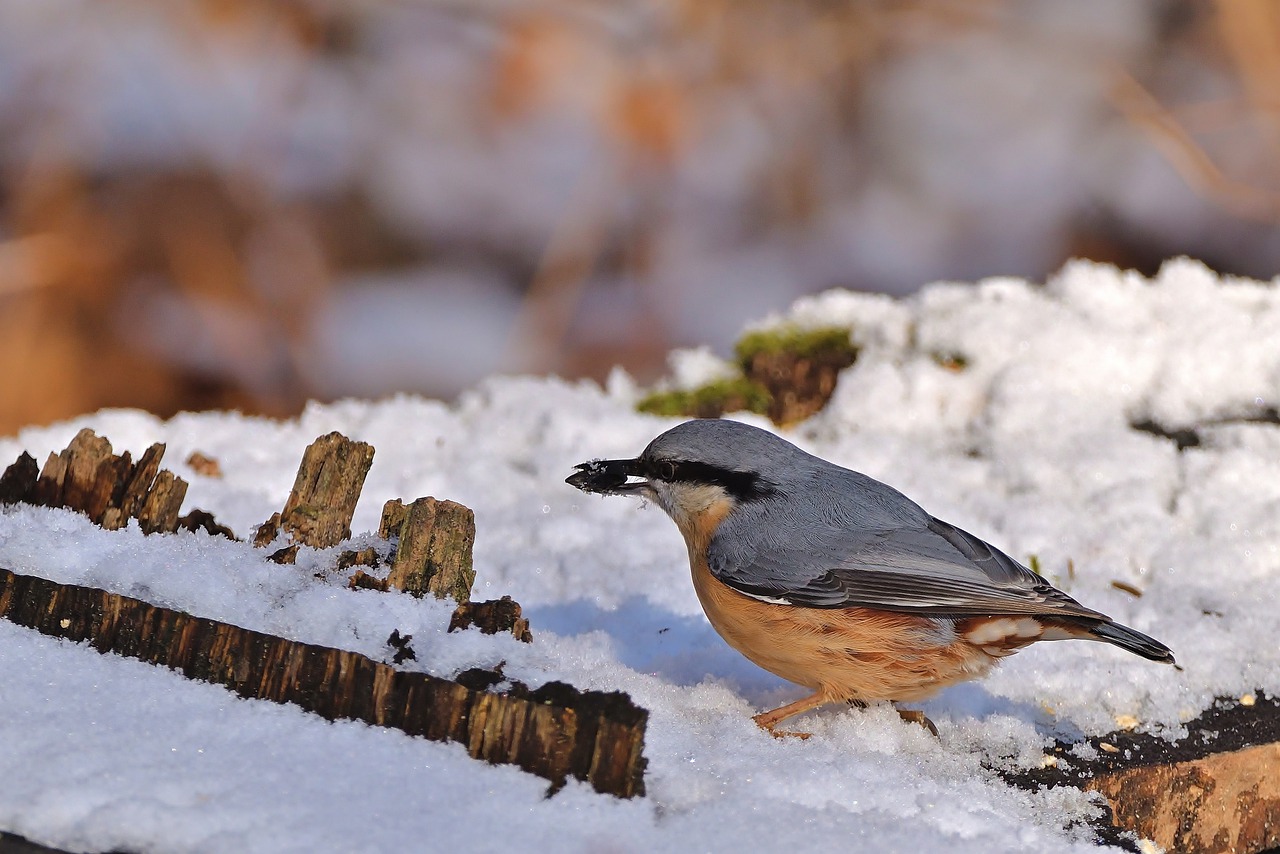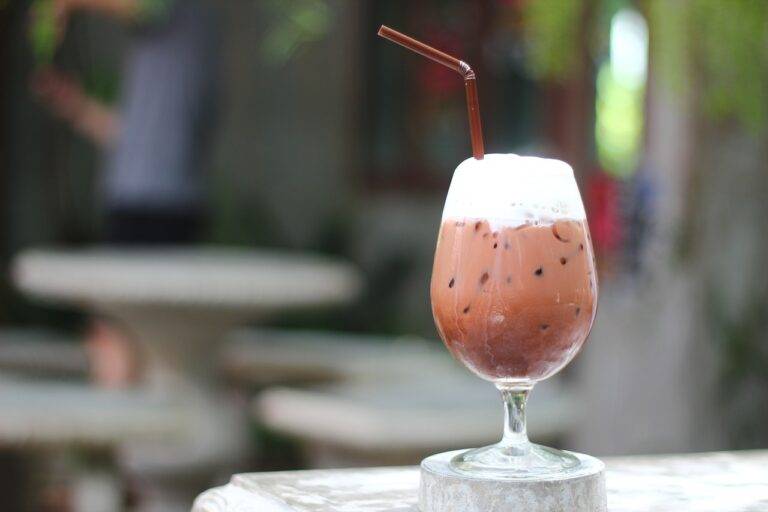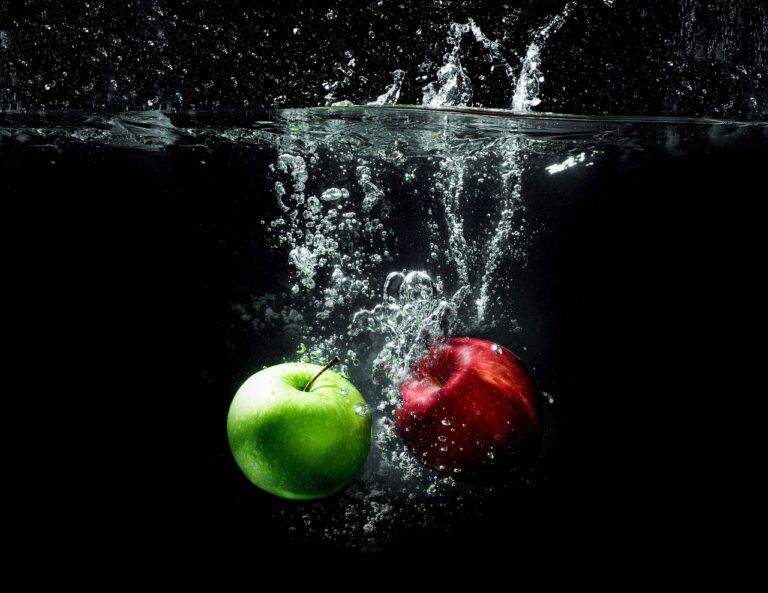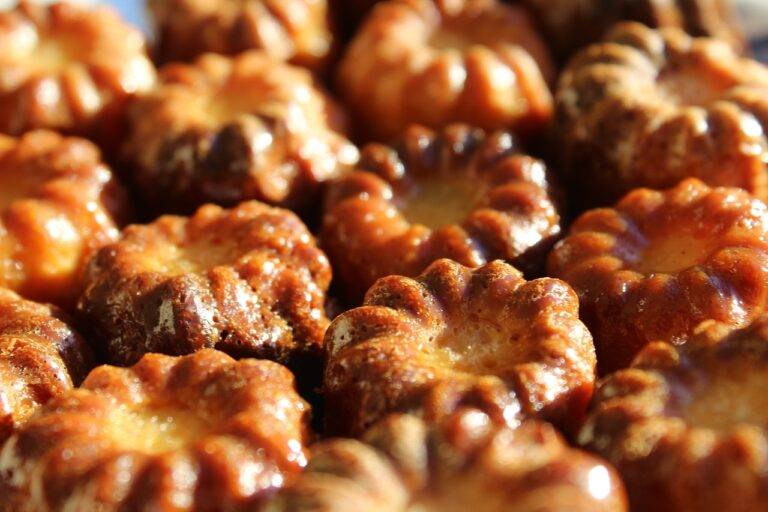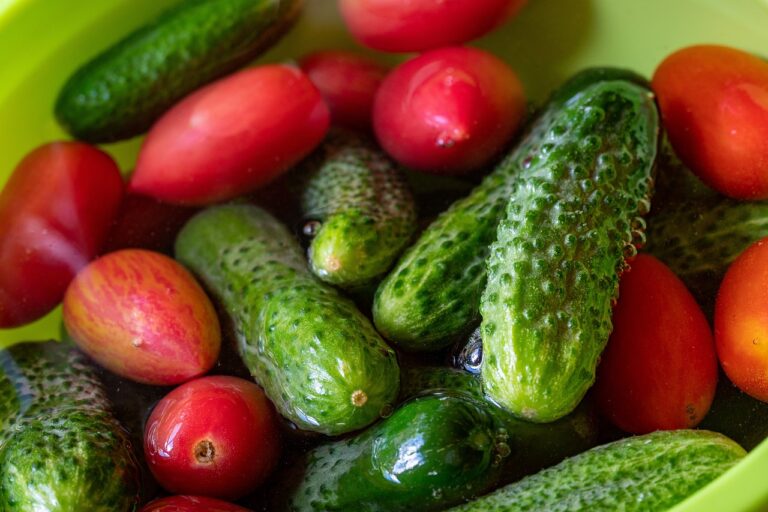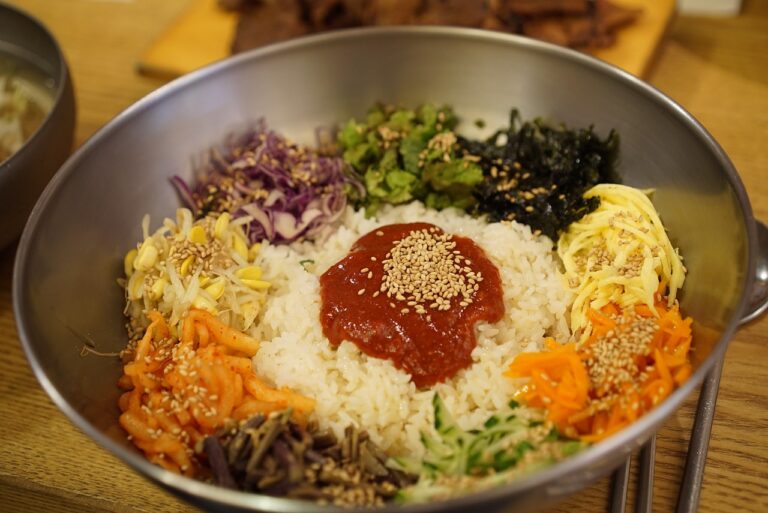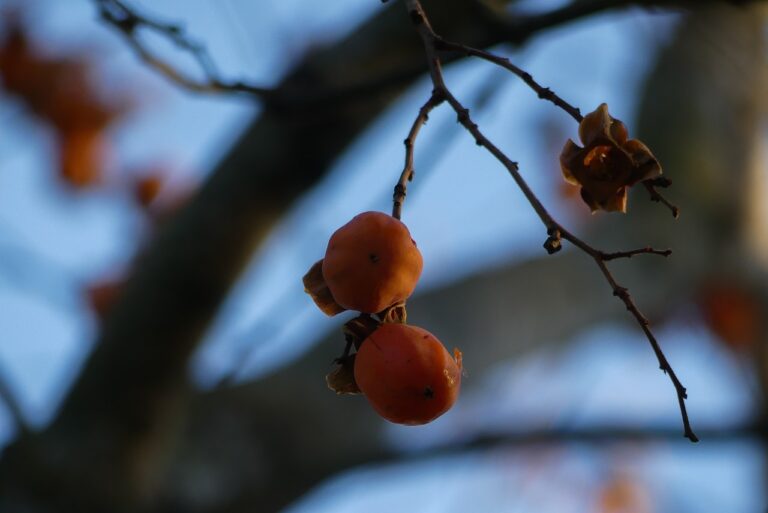Exploring the World of Food Art: From Garnishes to Sculptures
Food art is a fascinating form of culinary creativity that transforms ordinary dishes into extraordinary masterpieces. From intricate garnishes to elaborate sculptures, food artists around the world are pushing the boundaries of traditional cooking to create visually stunning creations that are almost too beautiful to eat.
The Art of Garnishes
One of the simplest forms of food art is the art of garnishing. Garnishes are decorative elements added to a dish to enhance its visual appeal. These can range from a sprinkle of chopped herbs on top of a soup to a carefully carved vegetable flower adorning a salad. Garnishes not only make a dish look more attractive but can also add texture, flavor, and a touch of elegance.
Food Sculptures
On the other end of the spectrum are intricate food sculptures that require patience, precision, and skill to create. From fruit carvings to chocolate sculptures, food artists use a variety of techniques and tools to transform edible ingredients into works of art. These sculptures often serve as centerpieces at events or exquisite desserts that are as impressive to look at as they are delicious to eat.
Exploring Different Techniques
Food art encompasses a wide range of techniques and styles, each with its unique challenges and rewards. Some artists specialize in sugar work, creating delicate sculptures out of pulled sugar or blown sugar. Others focus on chocolate art, using tempered chocolate to craft intricate designs and show-stopping showpieces. Still, others excel in cake decorating, using fondant, buttercream, and edible paints to create whimsical and elaborate cakes.
Pushing the Boundaries of Creativity
Food artists are constantly pushing the boundaries of creativity, experimenting with new ingredients, flavors, and techniques to create innovative and captivating pieces. Whether it’s a sushi roll transformed into a miniature landscape or a rainbow-colored macaron tower, food art allows chefs to express their artistic vision and showcase their culinary skills in new and exciting ways.
Embracing the Intersection of Food and Art
At its core, food art represents the intersection of food and art, blending aesthetics with gastronomy to create a multisensory experience for the viewer. By combining color, texture, shape, and form, food artists are able to evoke emotions, stimulate the senses, and engage the imagination in ways that traditional cooking cannot.
The Future of Food Art
As the world of food art continues to evolve and expand, we can expect to see even more innovative and boundary-pushing creations in the years to come. From molecular gastronomy to 3D printing, the possibilities for culinary creativity are endless, offering endless opportunities for chefs to explore new techniques and push the limits of what is possible in the world of food art.
FAQs
What is food art?
Food art is a form of culinary creativity that transforms ordinary dishes into visually stunning masterpieces through the use of techniques such as garnishing, sculpting, and decorating.
What are some examples of food art?
Examples of food art include intricately carved fruit sculptures, elaborate chocolate showpieces, whimsical cake designs, and creative sushi presentations.
How can I get started in food art?
To get started in food art, you can experiment with basic garnishing techniques, take classes in cake decorating or sugar work, or simply let your creativity flow in the kitchen by trying new ingredients and designs.
Is food art only for professional chefs?
No, food art is for anyone who enjoys cooking and creativity. You don’t need to be a professional chef to experiment with food art techniques and create beautiful and delicious dishes.
Where can I see examples of food art?
You can find examples of food art on social media platforms like Instagram and Pinterest, as well as at culinary events, food festivals, and fine dining restaurants around the world.
What is the future of food art?
The future of food art is bright, with chefs continuing to push the boundaries of creativity and innovation in the culinary world. With new techniques, technologies, and ingredients constantly emerging, the possibilities for food art are endless.

